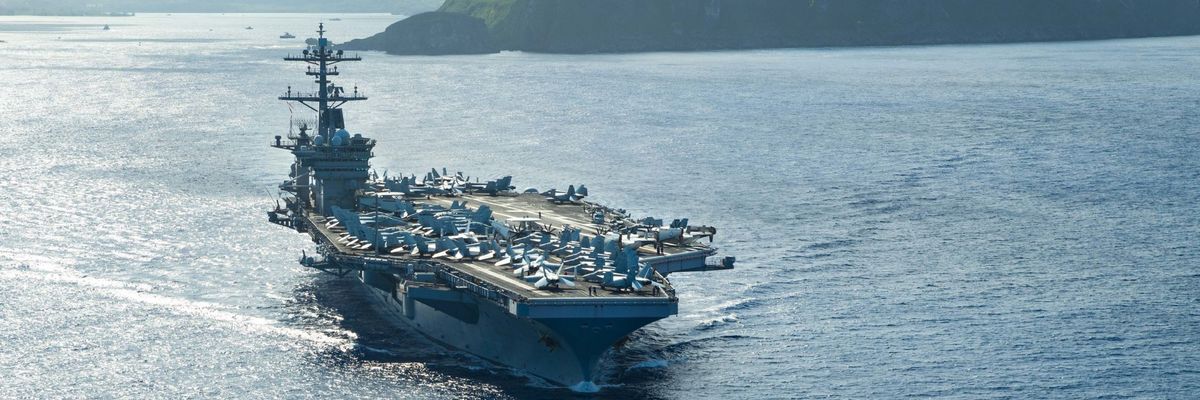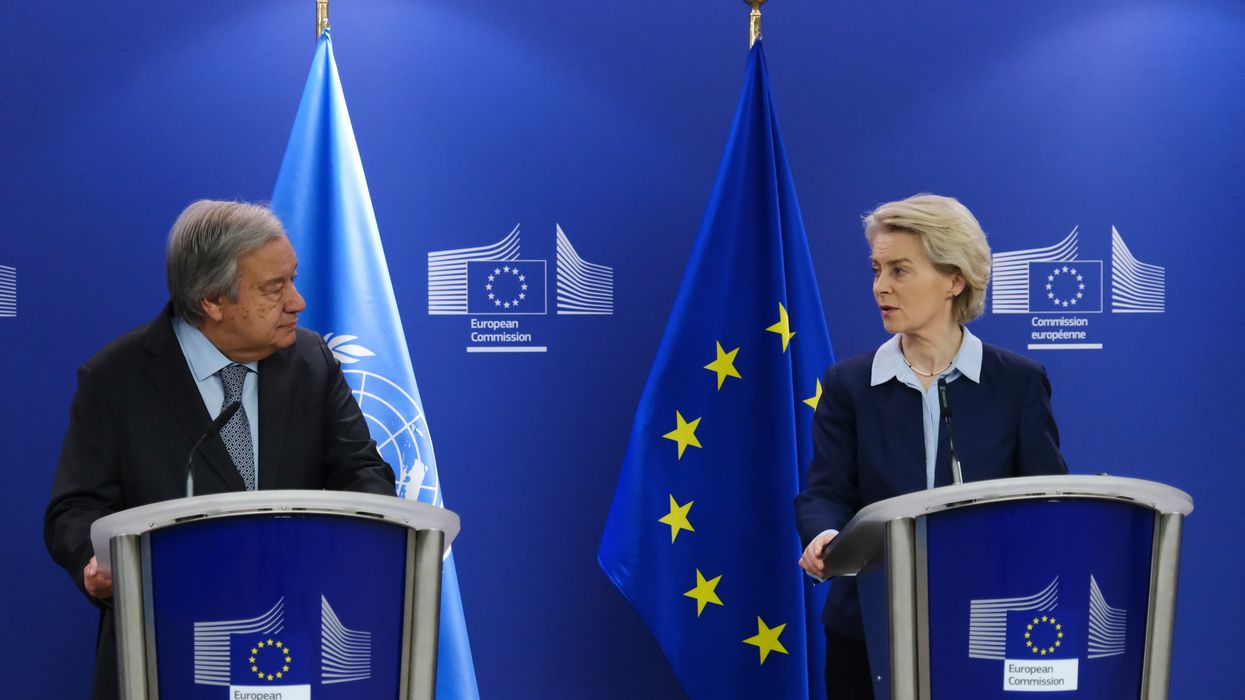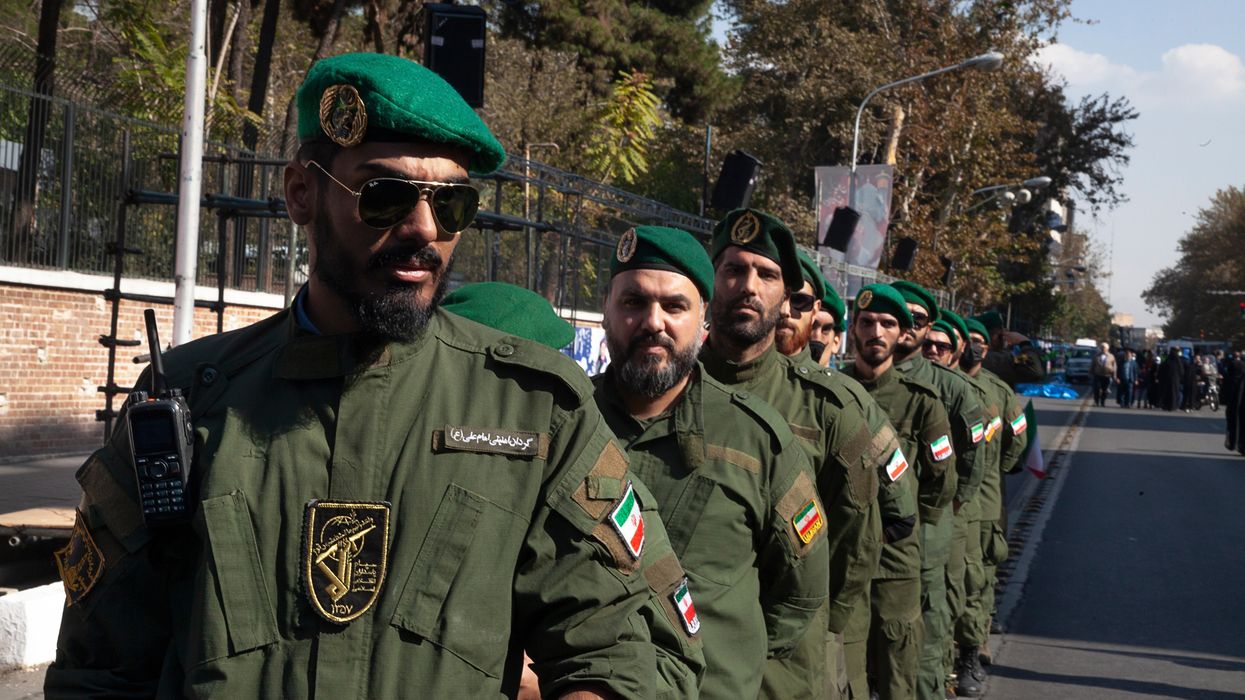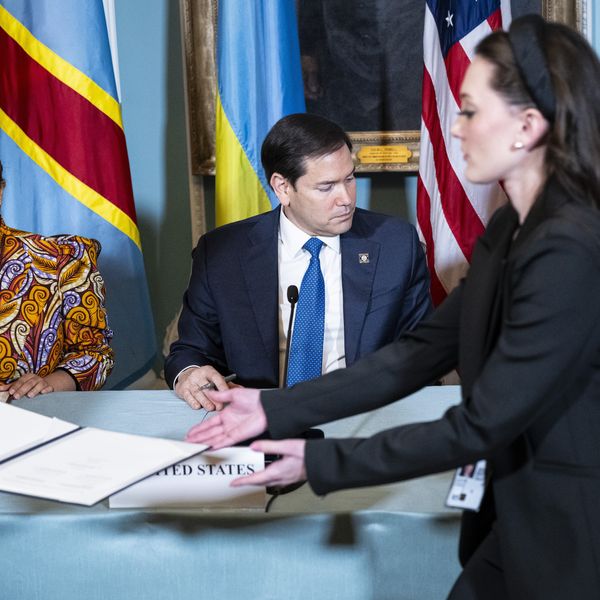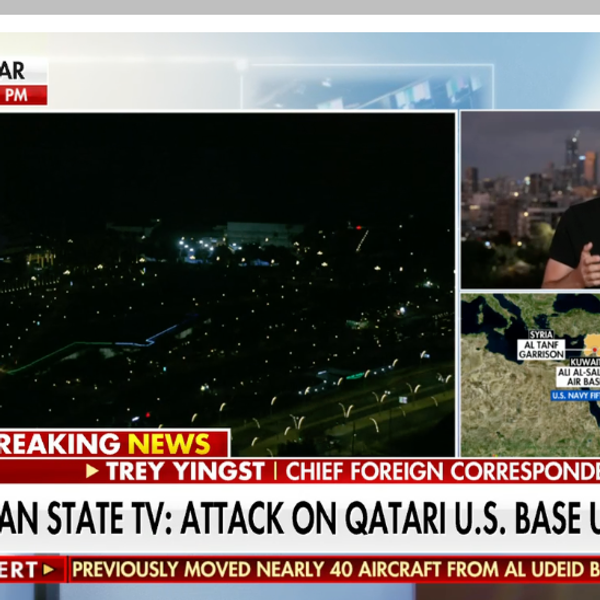Even as additional sailors assigned to the COVID-stricken USS Theodore Roosevelt display symptoms of the coronavirus — including several personnel who had been quarantined in Guam and allowed back on the ship after testing negative — the Navy today sent the carrier back to sea.
Along with other recent moves, the Navy’s redeployment of the TR (as the nuclear-powered carrier is called) suggests a Pentagon drive to reassert U.S. military dominance in an area increasingly being visited by Chinese forces.
Both countries have dispatched heavily-armed ships into the East and South China Seas in what might be called “show-of-force” operations, intended to showcase military muscle and discourage further adventurism by the other side — a dynamic that can easily lead to accident, miscalculation, and a perilous spiral into full-fledged war.
Sino-American jousting in these waters has, of course, been ongoing for some time. Ever since China claimed the South China Sea as part of its “territorial waters” and converted some uninhabited atolls and islets there into miniature military bases — steps deemed illegitimate by an international tribunal in the Hague — Washington has sought to demonstrate its rejection of China’s claims by regularly sending Navy vessels there in what are termed “Freedom of Navigation Operations,” or FRONOPS.
Typically, these missions involve the dispatch of one or two U.S. destroyers into waters off the militarized islands; China, to demonstrate its resolve in the matter, usually deploys ships and planes of its own to shadow or harass the American warships. Similar incidents have also occurred in the East China Sea, where both China and Japan claim a bunch of uninhabited islands called the Diaoyu by Beijing and the Senkakus by Tokyo.
When the COVID-19 pandemic first emerged at the beginning of this year, the TR, with 4,865 sailors abroad, was engaged in show-of-force operations in the Western Pacific. On March 5, it paid a port call at Danang in Vietnam — only the second such visit by a U.S. carrier since the end of the Vietnam War. (Vietnam, like Indonesia, Malaysia, and the Philippines, dispute China’s claims to those islets in the South China Sea.)
On March 26, after seven sailors aboard the carrier had tested positive for the coronavirus, the carrier was ordered to Guam so the entire crew could be quarantined and tested and it has remained there until today.
But now, the ship is back at sea to join other U.S. warships in projecting power into the Western Pacific.
To further demonstrate its intent to counter Chinese influence in the region, the Department of Defense has recently undertaken a number of other unusual and provocative moves.
U.S. warships have twice been deployed in waters not far off mainland China. On April 27, the destroyer McCampbell, an Arleigh Burke-class vessel armed with an array of modern missiles, was spotted off the coast of Weihai in Shandong province. And on May 15, the Rafael Peralta, another destroyer of that class, was spotted about 85 miles off the coast of Shanghai.
In early May, a pair of U.S. naval vessels, the littoral combat ship USS Montgomery and the naval supply ship USNS Cesar Chavez, were deployed in waters of the South China Sea claimed by Malaysia to prevent harassment of a Malaysia drillship by Chinese coast guard and fishing vessels.
Also in May, the Navy’s Pacific Fleet Submarine Force announced that all of its forward-deployed subs were at sea and engaged in “contingency response operations”— a highly unusual statement about U.S. submarine deployments for a normally tight-lipped organization.
All of these moves are said to be part of a larger effort to inform Beijing that, coronavirus or not, the United States is prepared for a full-scale military engagement in the Western Pacific. “Our strategic competitors are attempting to exploit this crisis to their benefit at the expense of others,” U.S. Secretary of Defense Mark Esper said on May 5. By countering aggressive Chinese behavior in the South China Sea, he continued, we “send a clear message to Beijing that we will continue to protect freedom of navigation and commerce for all nations, large and small.”
The Chinese appear to be following a similar playbook, stepping up their naval operations in the East and South China Seas and issuing increasingly strident denunciations of the U.S. presence there. In the South China Sea, Chinese warships have continued to shadow and harass U.S. vessels engaged in FRONOPS operations, as well as ships belonging to neighboring countries with claims of their own to those contested islands.
The Chinese have also stepped up their naval activities off Taiwan — another step that is bound to increase tensions in the Western Pacific. In April, it deployed its first operational aircraft carrier, the Liaoning (originally a Soviet vessel, the Riga, later refitted by the Chinese) off Taiwan’s eastern and southern coasts, prompting the Taiwanese to scramble some of their jet fighters and the U.S. Navy to move a destroyer, the McCampbell, into the area.
These moves have been accompanied by increasingly harsh statements from Chinese officials. Referring to one recent FRONOP mission near the Paracel Islands, for example, a spokesman for the Chinese military’s Southern Theater Command (which oversees the South China Sea) ominously warned, “These provocative acts by the U.S. side … have seriously violated China’s sovereignty and security interests, deliberately increased regional security risks, and could easily trigger an unexpected incident.”
If all these activities by both China and the U.S. continue to accelerate at the pace we’ve been witnessing over the past two months, it will not be long before one side or the other intentionally or otherwise precipitates a major incident with loss of life — and from there, anything could happen.
Imagine, for example, if a Chinese warship shadowing an American destroyer on a FRONOP mission in the South China Sea rams that ship, resulting in the deaths of American sailors. Or the other way around: A Chinese ship appears to be intent on ramming the American vessel, and its captain authorizes the use of lethal force to prevent that from happening, resulting in the deaths of Chinese sailors. What then? Will calm heads prevail in Beijing and Washington? Or will one side or the other, or both, authorize retaliatory steps, leading to a spiral of escalatory moves and a full-scale air and naval war in the Pacific?
As far as can be determined, no one in either capital appears to be thinking seriously about such an outcome or taking steps to avert a major escalatory clash at sea. It is essential, then, that senior American and Chinese leaders urgently consult with one another about steps to prevent unintended mishaps in the East and South China Sea and adopt “rules of the road” to prevent an incident like those described above.
This does not require acquiescing to one or the other side’s positions on ownership of those contested islands — that should be left to international negotiations among the parties involved. But it is in our mutual interest, especially in this time of pandemic and resulting economic distress, to avoid an unnecessary military clash with the potential to trigger a full-scale war.
